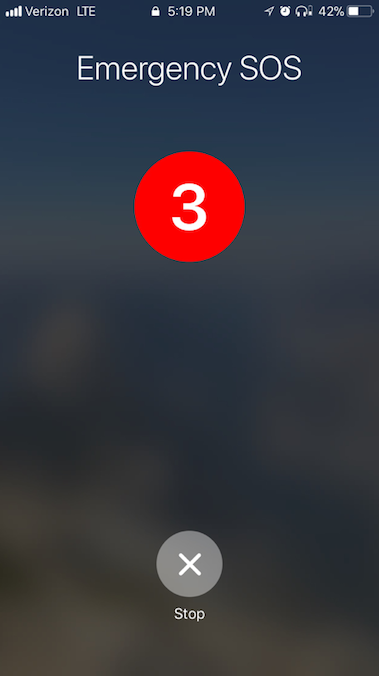FTC Revenge Porn
/January 2017
FTC’s Complaint Against Myex.com is a Win Against Nonconsensual Disclosures of Intimate Images
NNEDV applauds the Federal Trade Commission (FTC) and the state of Nevada for filing a complaint against a notorious website Myex.com to help protect survivors of nonconsensual disclosures of intimate images, what is commonly referred to as “Revenge Porn.”[1] Myex.com, like many similar websites, is dedicated to the deeply damaging practice of soliciting intimate images and providing a space and impunity for individuals to post intimate images without consent. Many of these sites fully recognize the impact of the distribution of these images and therefore have monetized the suffering of those depicted in the images by charging hundreds or thousands of dollars to remove the images from their website. Websites that employ these tactics enhance the ability of abusive individuals to terrorize their victims by soliciting and widely disseminating nonconsensual images and then blackmailing individuals that are desperately seeking to get the images removed from the website. While there are still many more sites that engage in these deplorable practices, the FTC and Nevada have taken a step to combat an egregious example and in so doing have also provided notice to others about the consequences of running these enterprises. In the current case, one executive of the company that runs myex.com has already agreed to a fine and to comply with a ban on posting intimate images. The website itself is still online, but the complaint is still pending and could result in large fines for the company and other members of the executive team. We often hear about the many ways in which individuals are terrorized on the web, but NNEDV is encouraged by the steps taken by the FTC and Nevada and hope that other states will follow their lead in working to combat the nonconsensual disclosure of intimate images.
For more information about responding to nonconsensual disclosure of intimate images, check out our survivor toolkit and/or advocate toolkit.
[1] NNEDV and many advocates are against the term “revenge porn” because we believe it inaccurately describes the practice of nonconsensual disclosure of intimate images. While some individuals make nonconsensual disclosures for revenge, many perpetrators have a mix of motivations that may or may not include revenge. Furthermore, by calling these images “porn” it inappropriately suggests that those depicted are a part of a pornography industry, when in fact the disclosure of these images is a crime in most states. Nonconsensual disclosure of intimate images more accurately describes the panoply of motivations and provides a better description of these images.






